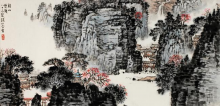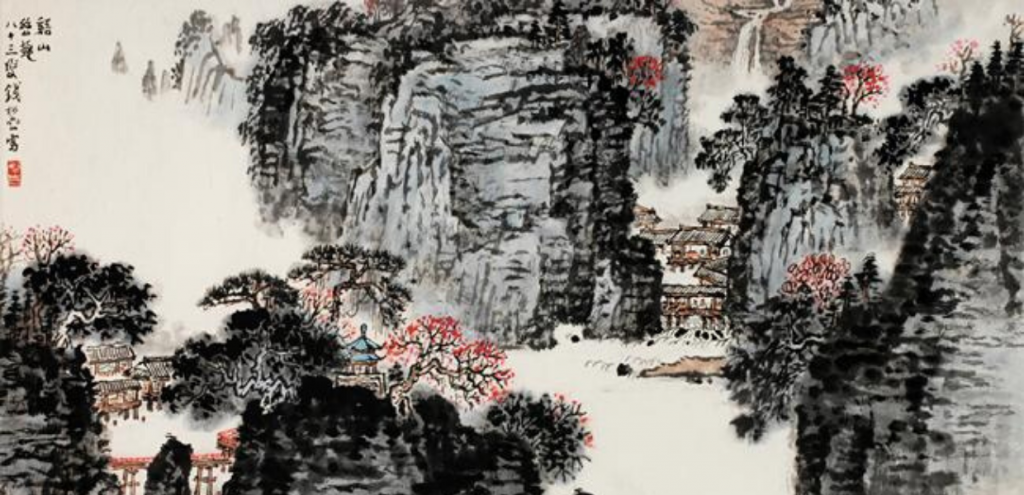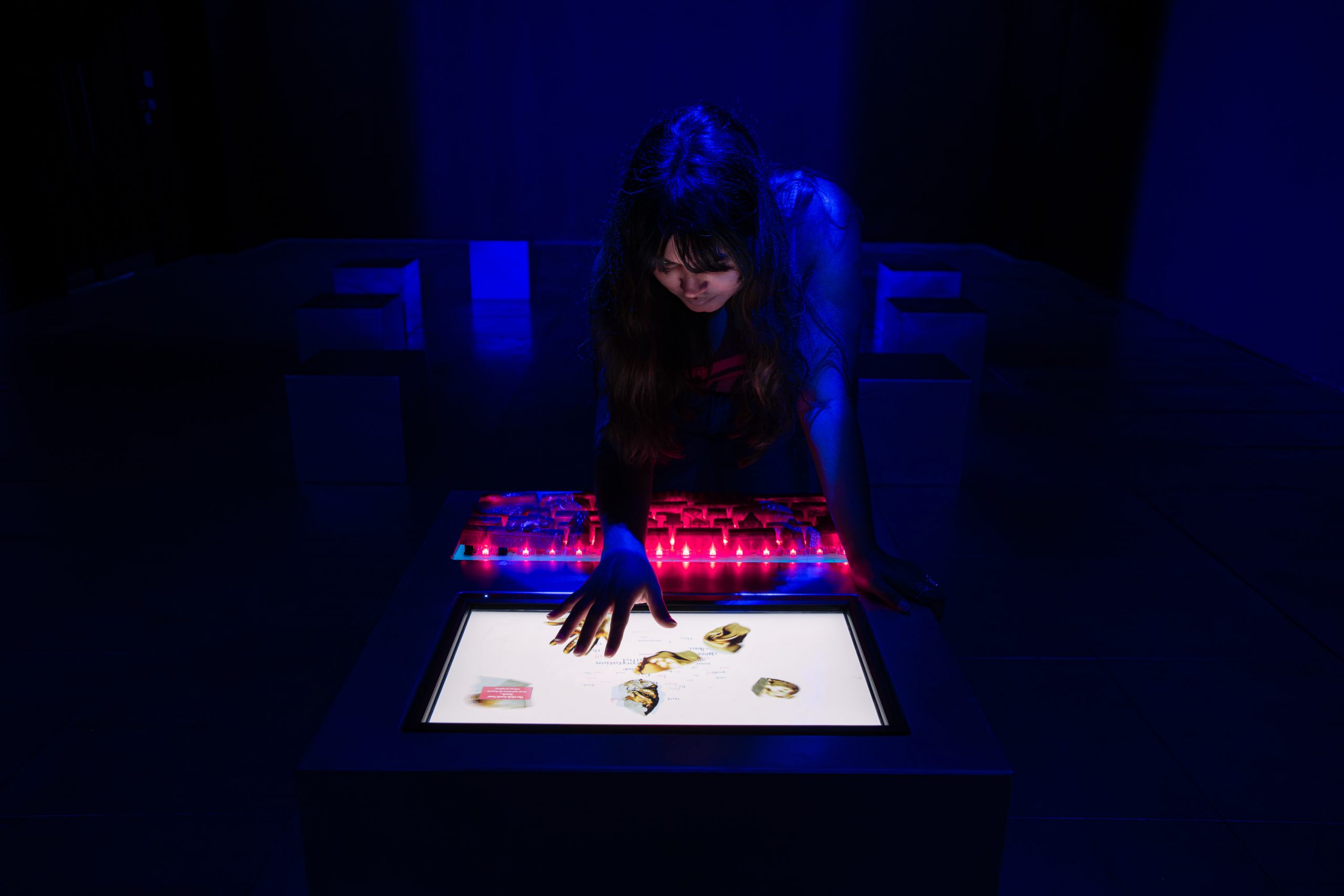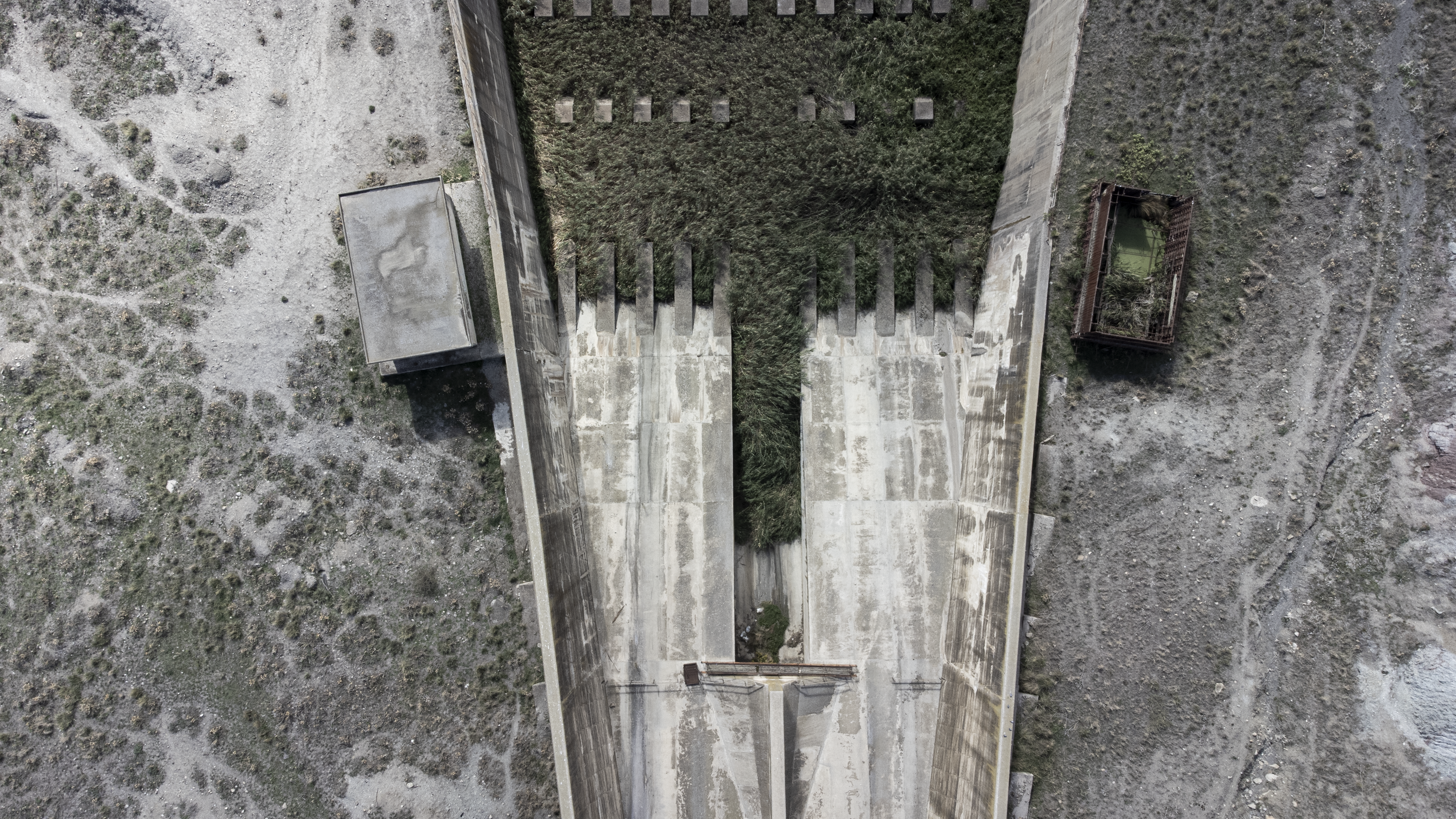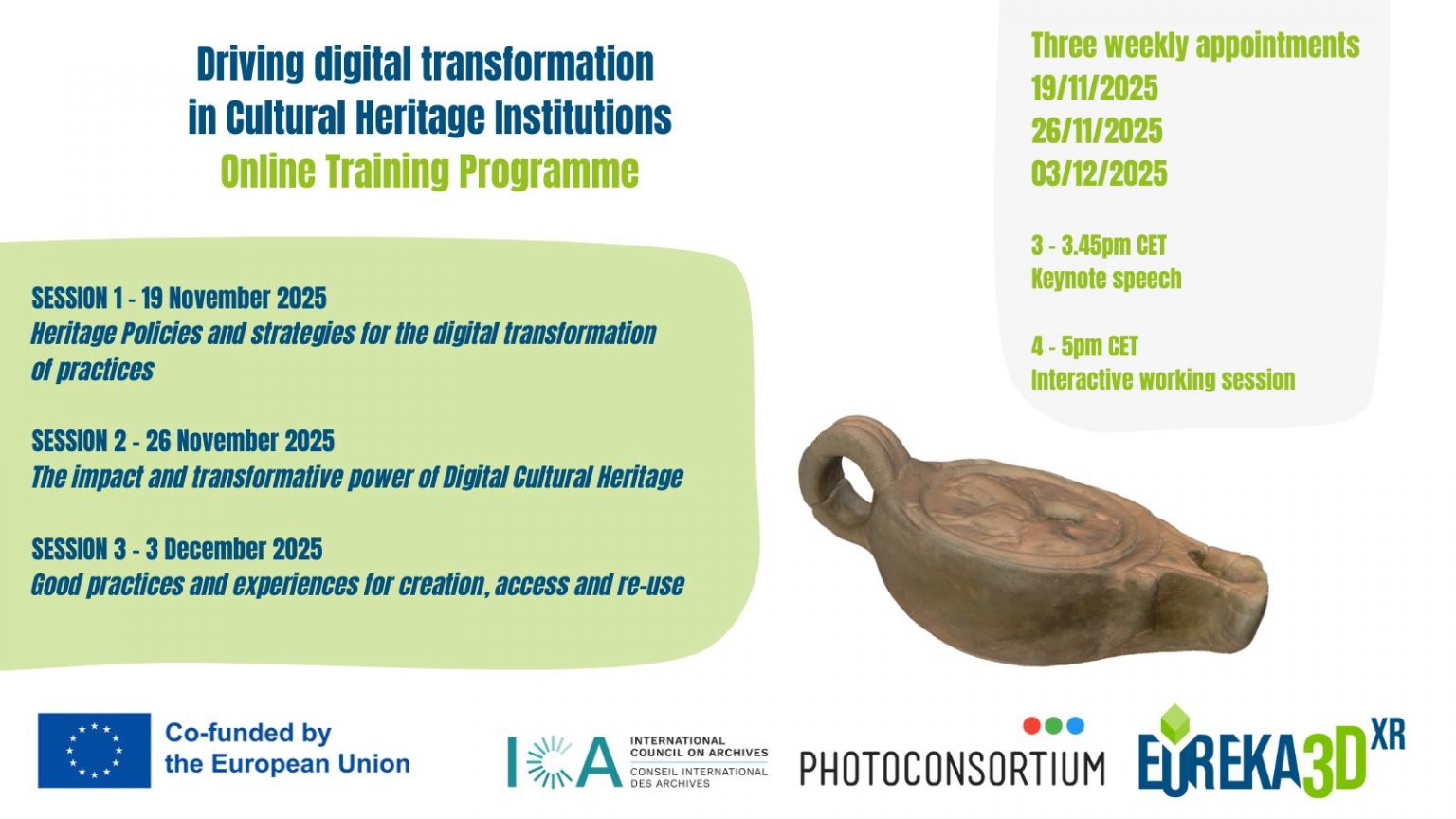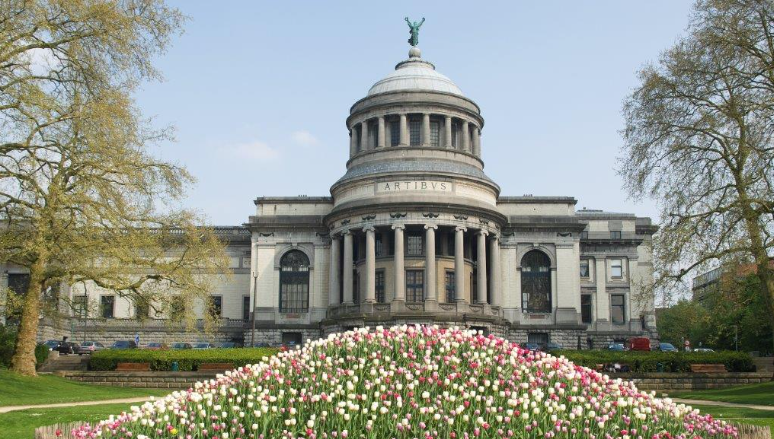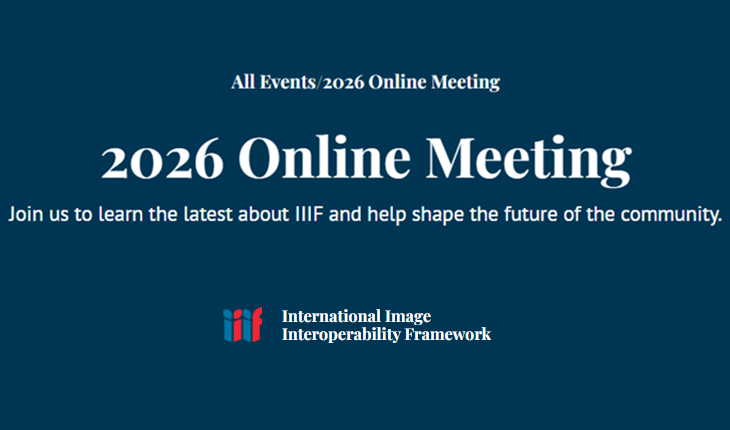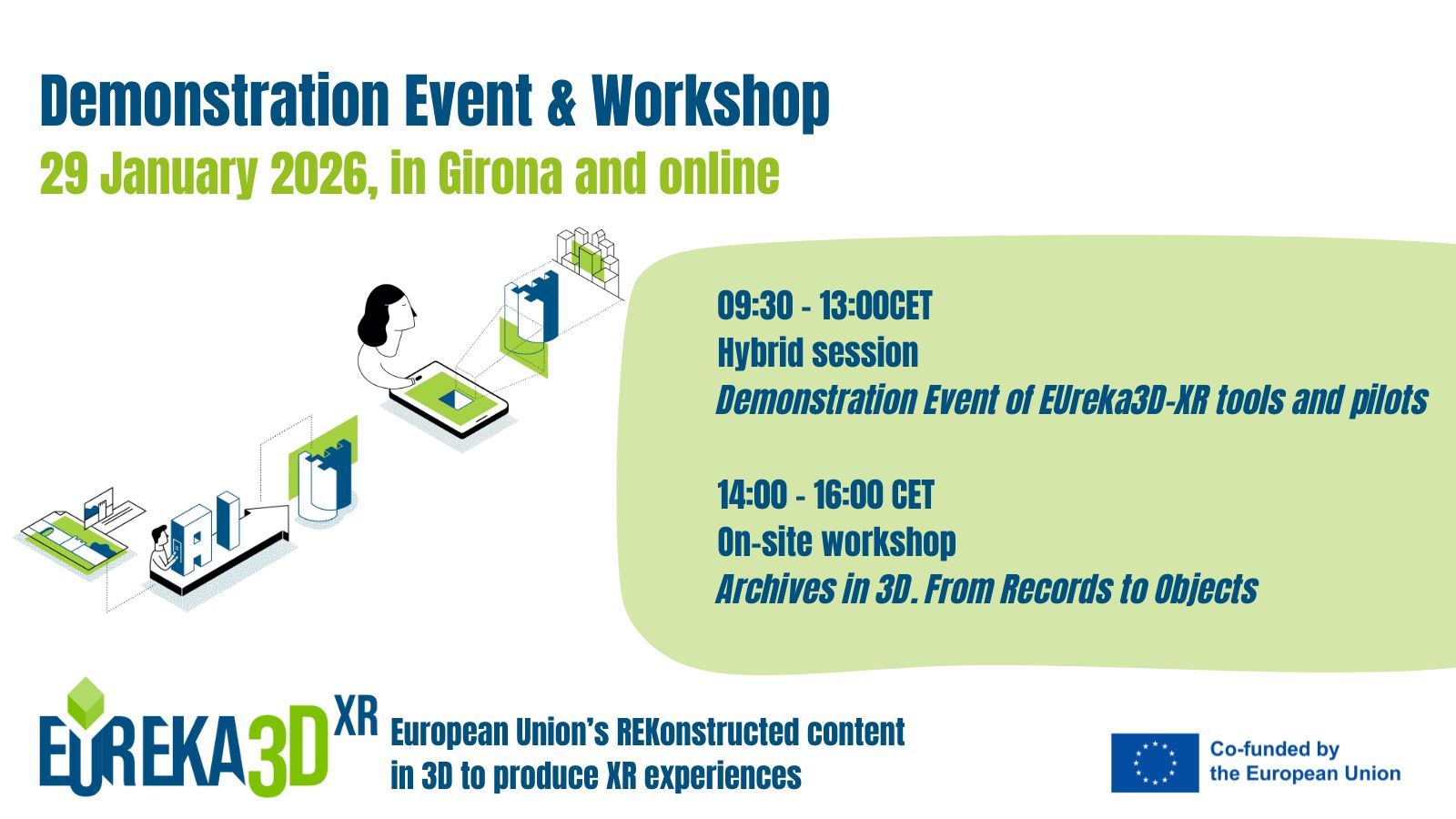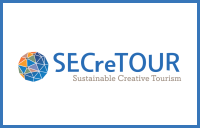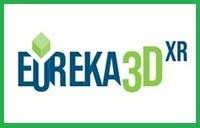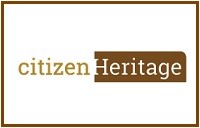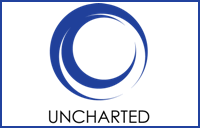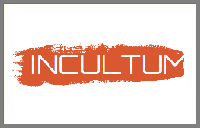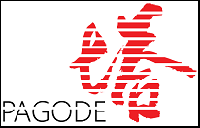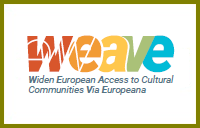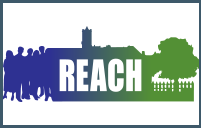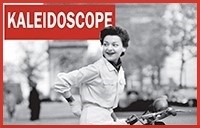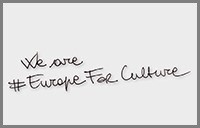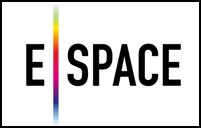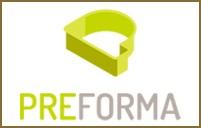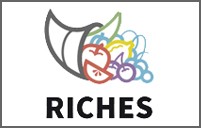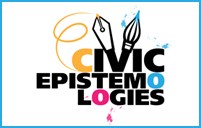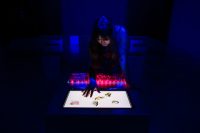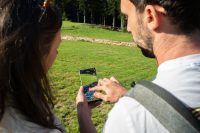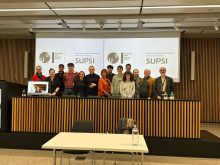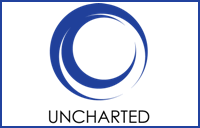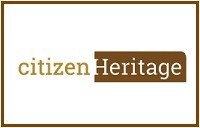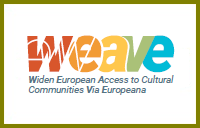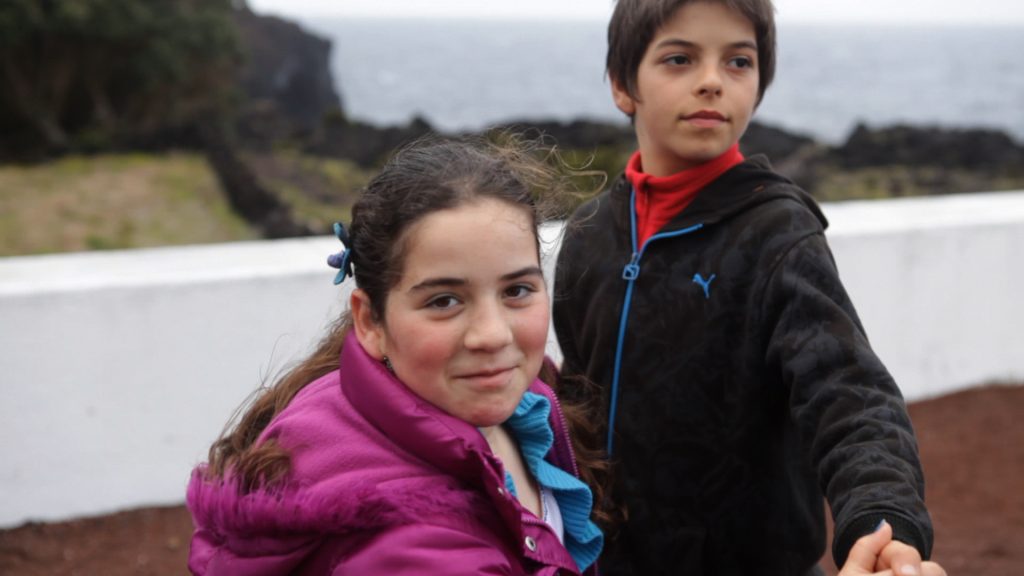
Açores, 2015 Tiago Pereira. Courtesy of PédeXumbo
There are many challenges faced during the digital transformation that cultural heritage institutions (CHIs) have embarked on, and more so when considering Intangible Cultural Heritage, most notably the fact that a solid methodology for documenting is missing. Capturing and documenting ICH is facilitated by audio-visual technologies, now transformed in the digital era, which is helping to build knowledge of our cultural traditions and the traditions of communities. But many important collections of ICH, which show the way in which communities come together in the streets and public spaces as part of festivals, processions, celebrations and other forms of popular cultural expression, are yet to be widely shared and are unfortunately underrepresented in Europeana too.
WEAVE plans to tackle these challenges developing and providing a framework (including innovative technologies and tools) for linking and presenting the connections between tangible and intangible heritage of cultural communities, bringing the rich and invaluable CH which they represent and guard from the periphery to the center of attention by making it accessible from Europeana. The project selects content that will build an understanding of the diversity of European communities and cultural practices that are popular, participatory and valuable for transmitting cultural identity. The content will thereby extend and build on ICH content in Europeana, and particularly that which is not yet represented. By disseminating, preserving and sustaining this valuable content, the project will promote new understandings of cultural communities (some of which are at risk), ICH and bring CHIs together with more local content providers to support the Europeana Initiative.
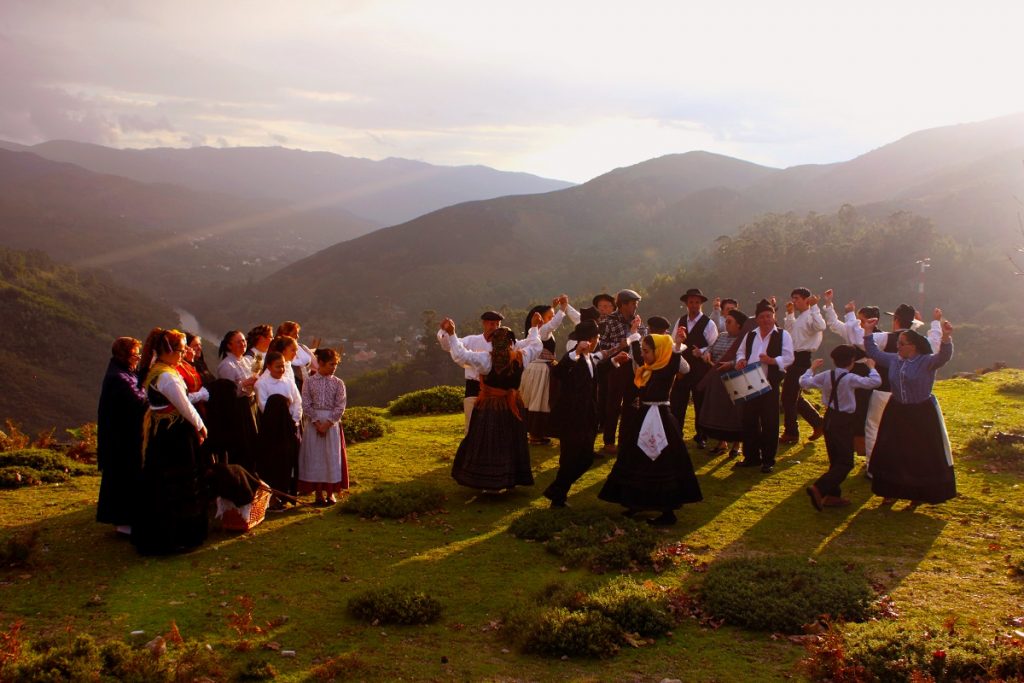
ph. Tiago Pereira. Courtesy of PédeXumbo.
WEAVE will collect and aggregate to Europeana new content related to different types of cultural communities, including 3D models and point clouds, videos and photos.The WEAVE framework will specify hand-on methodologies for communities to select the content and collections to be aggregated and to engage with the project activities and Europeana.
The methodological framework will also explore the ways in which ICH and TCH can be more closely interwoven and using the project Toolkit demonstrators will be created. Complementing these activities are capacity building actions for helping CHIs to navigate their digital transformation and their ability to manage intangible heritage and heritage of cultural communities, and to connect them to innovative SMEs, cultural communities and Europeana.
Accompanying and supporting the activities of cultural communities content aggregation, is the WEAVE Toolkit. This consists of several open and reusable tools and technologies employing a mix of AI techniques, machine learning, natural language processing, big data analysis and innovative interface engineering. Tools will allow professionals to more effectively store, manage and access 3D assets that have been digitised, annotate videos more efficiently. Additionally by using 3D information, users can curate easily virtual galleries and virtual exhibitions that can contain a diverse mix of content (including 3D), and can in this way showcase the connection between tangible and intangible heritage. The curated galleries and virtual exhibitions can be accessed by end-users on different devices in more immersive and interactive ways (e.g.using mobiles, or using VR headsets).


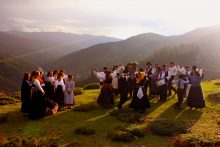

 The 2nd
The 2nd 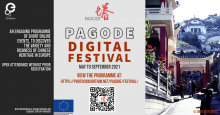
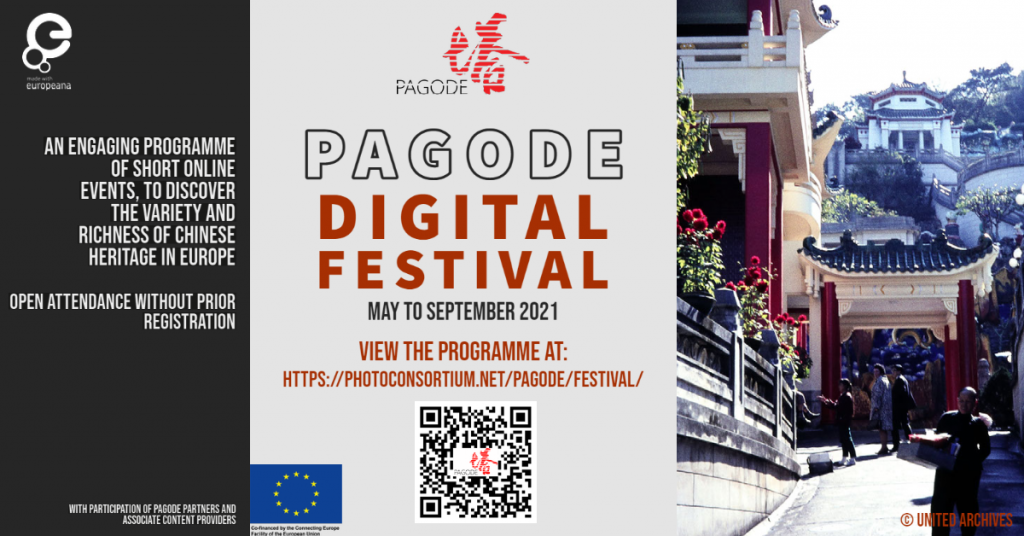
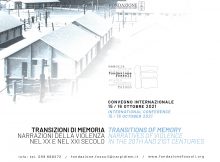
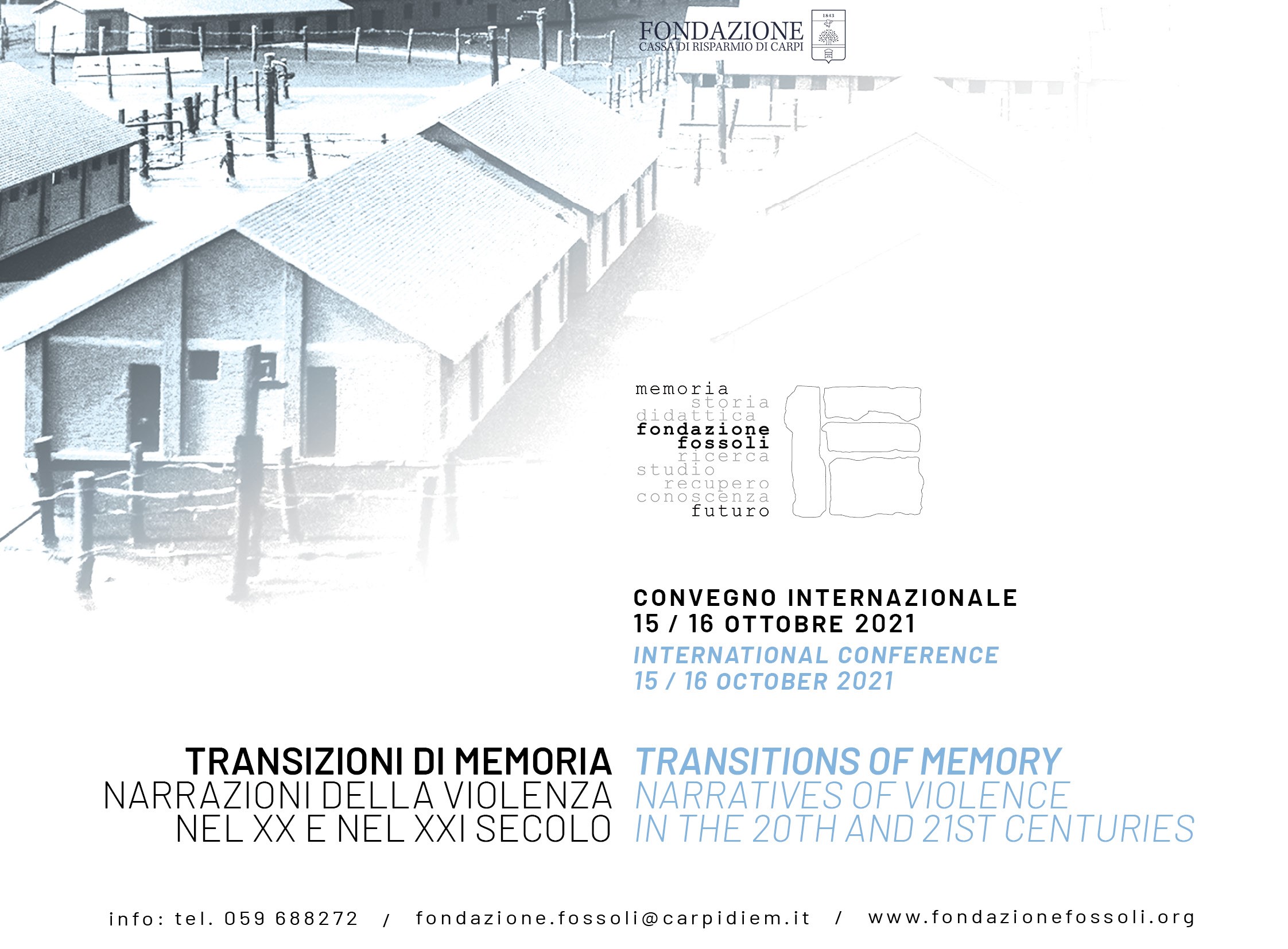 Fondazione Fossoli promotes the International Conference titled “Transitions of Memory. Narratives of Violence in the 20th and 21th Centuries” planned for October 2021.
Fondazione Fossoli promotes the International Conference titled “Transitions of Memory. Narratives of Violence in the 20th and 21th Centuries” planned for October 2021.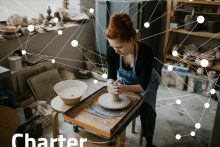
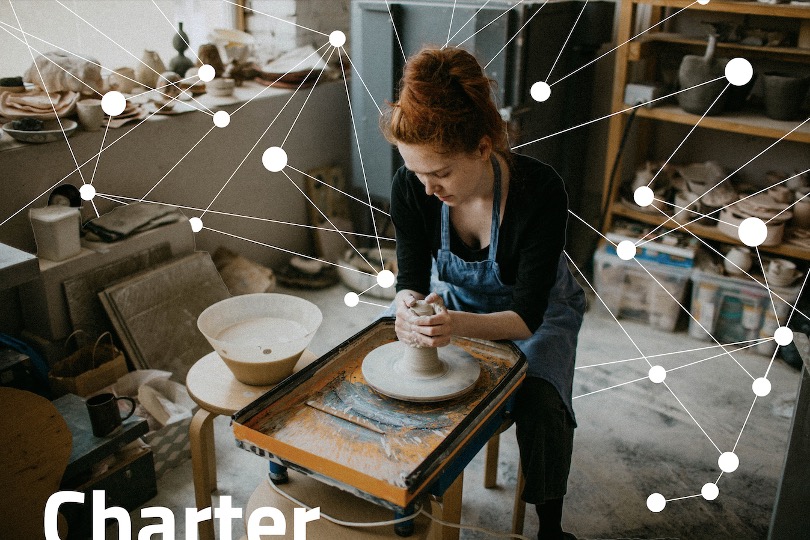 The 29th April marked the official launch of a new European cross-border project: the European Cultural Heritage Skills Alliance CHARTER brings together the expertise of 47 European cultural heritage organisations to ensure a long-lasting and durable sector. Over four years, the Erasmus+ funded project will professionalise the sector and further demonstrate its contribution to sustainable and thriving societies and economies. CHARTER’s consortium is composed of 28 full and affiliate members, which represents some of the top European cultural heritage actors. All partners cover the 5 fields of analysis: safeguarding and preservation; crafts and traditional knowledge; dissemination and communication; knowledge; planning and management.
The 29th April marked the official launch of a new European cross-border project: the European Cultural Heritage Skills Alliance CHARTER brings together the expertise of 47 European cultural heritage organisations to ensure a long-lasting and durable sector. Over four years, the Erasmus+ funded project will professionalise the sector and further demonstrate its contribution to sustainable and thriving societies and economies. CHARTER’s consortium is composed of 28 full and affiliate members, which represents some of the top European cultural heritage actors. All partners cover the 5 fields of analysis: safeguarding and preservation; crafts and traditional knowledge; dissemination and communication; knowledge; planning and management.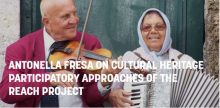
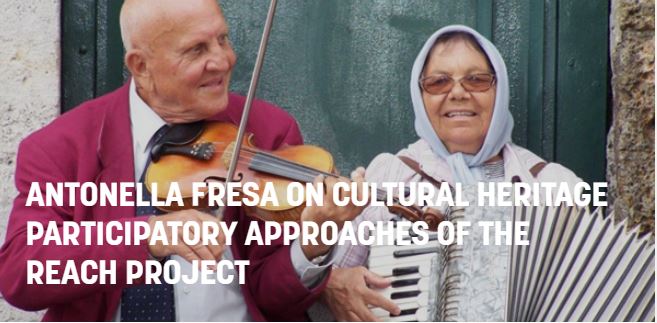 On April 12 2021, Antonella Fresa, REACH Network Coordinator, was invited to share the experiences and results of the social platform in the framework of the European Youth Ambassador Programme, a joint initiative by the
On April 12 2021, Antonella Fresa, REACH Network Coordinator, was invited to share the experiences and results of the social platform in the framework of the European Youth Ambassador Programme, a joint initiative by the 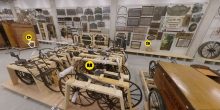
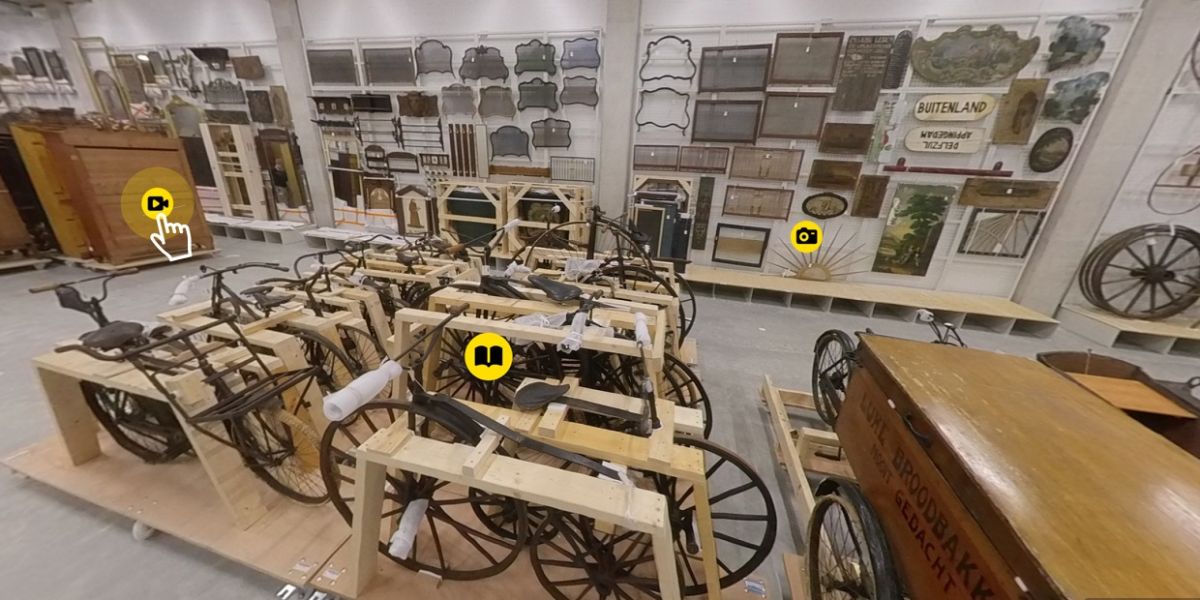 This meeting is related to Digital cultural heritage and social change.
This meeting is related to Digital cultural heritage and social change.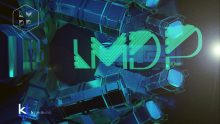
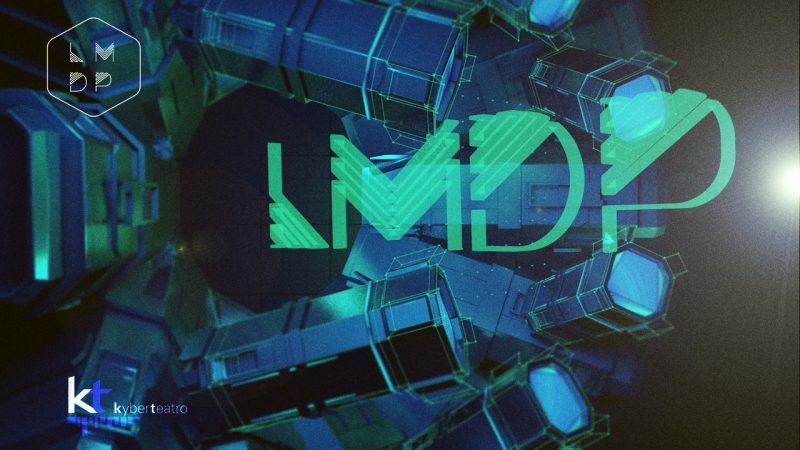
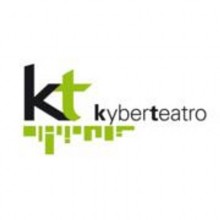 LMDP Festival is the first of this kind in the whole Italy. Its aim is to promote the interrelation between artistic and technological languages.
LMDP Festival is the first of this kind in the whole Italy. Its aim is to promote the interrelation between artistic and technological languages.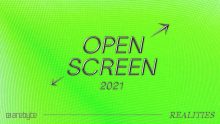
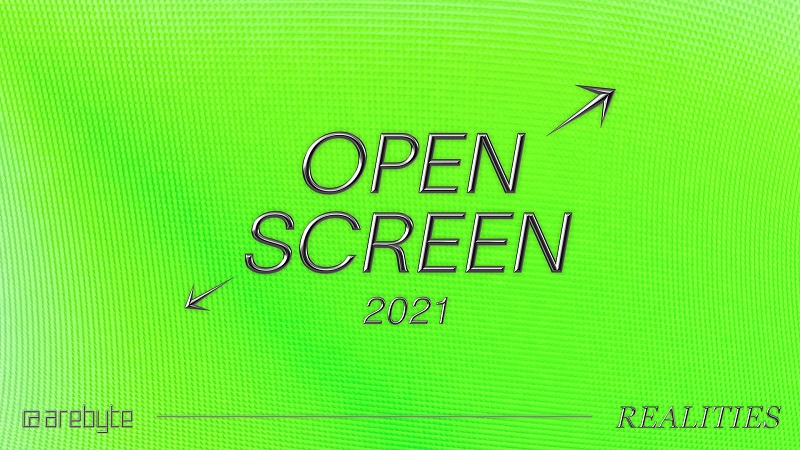 Developed in partnership with Shape Arts, Open Screen is seeking proposals for new works that respond to the theme of Realities, as part of arebyte on Screen, arebyte’s expanded and innovative online platform for digital animations, videos, web-based interactive experiences and curatorial interventions.
Developed in partnership with Shape Arts, Open Screen is seeking proposals for new works that respond to the theme of Realities, as part of arebyte on Screen, arebyte’s expanded and innovative online platform for digital animations, videos, web-based interactive experiences and curatorial interventions.